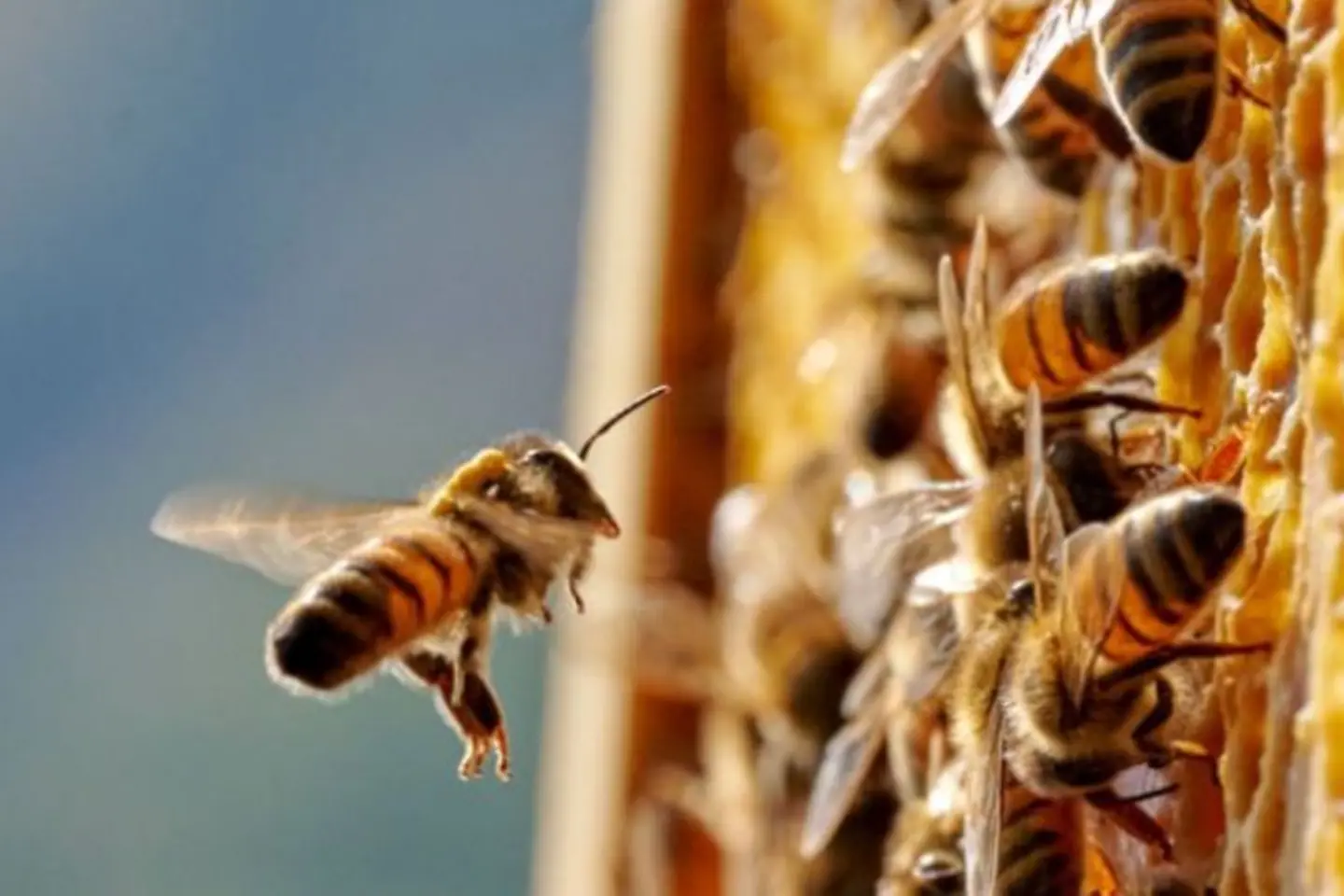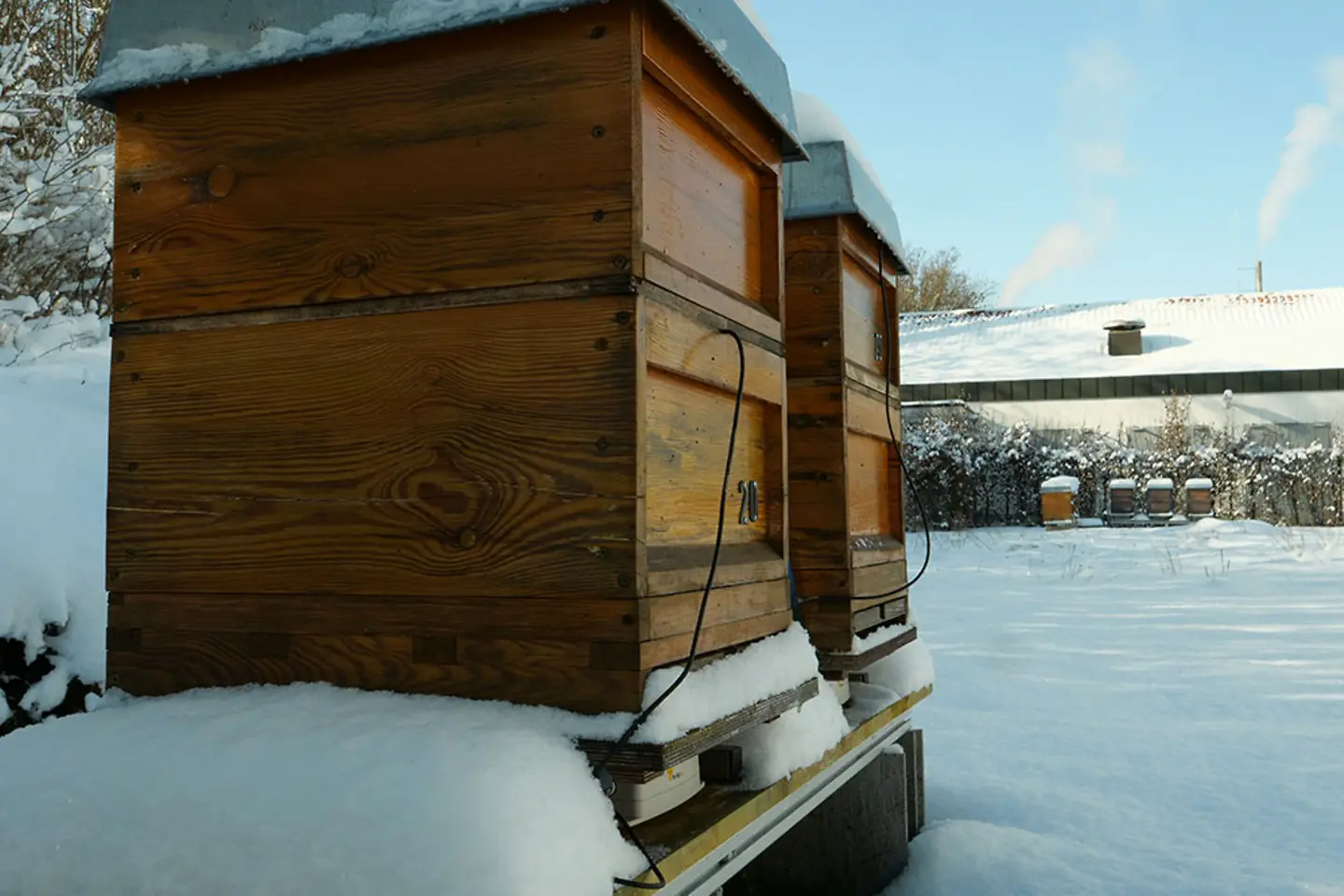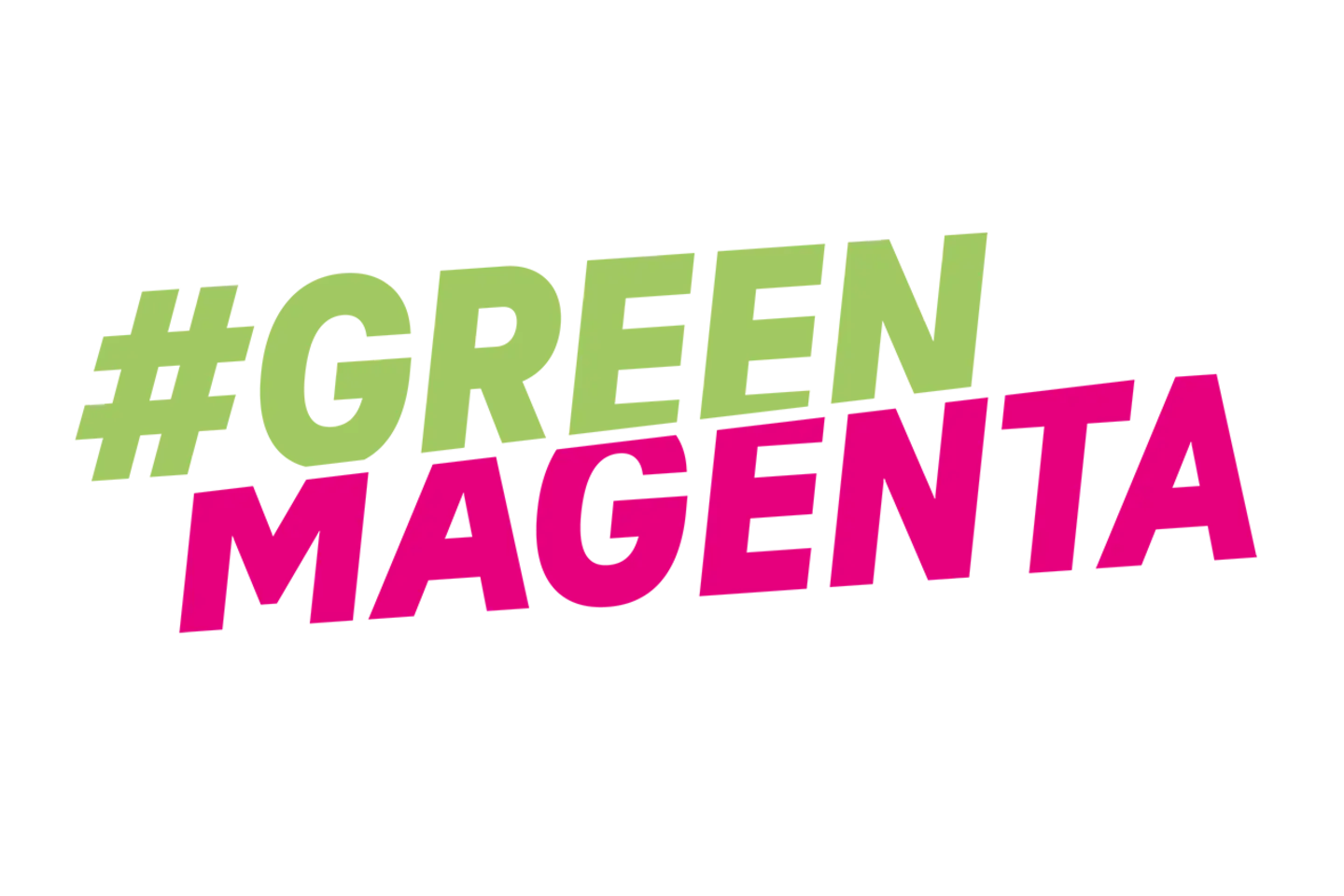
Deutsche Telekom wants to increase its sustainability even further. And this is about more than maintaining a green image. The goal is to establish a new style of working that focuses on the careful use of resources. In short: it’s about creating awareness of green issues amongst the workforce. But how can that be achieved? From the inside out, with committed employees and numerous small projects that encourage sustainable development, such as the bee initiative.

Whether its reforestation, species conservation, or healthy nutrition: a great many Deutsche Telekom employees are committed to sustainability as Green Pioneers. They work together for sustainable action in everyday life and have already achieved several successes. For example, disposable cups have been eliminated from the canteens at all Deutsche Telekom locations as of 2019. Or: community education has led many employees to adopt the use of Ecosia – a sustainable search engine that plants trees. The Green Pioneers are also committed to protecting bees – through high-tech beehives and a group-wide initiative.
Bees make an indispensable contribution to the ecosystem: they pollinate crops and wild plants – in agriculture, in parks and in our gardens – and thus contribute to biodiversity. However, the bee population has been declining rapidly for years. The Green Pioneers intend to take action against this by looking after more than 20 bee colonies on the Deutsche Telekom technology sites. What is special about this: Some of the colonies live in digital smart hives. They are comprehensively connected and provide important real-time information about the condition of the insects. And thanks to artificial intelligence, the digital hive will be able to do even more in the future.

An app can be used to monitor the health of the bee colonies – and if there are any deviations, they can be dealt with quickly. This technology can also be used in many other areas, from digital construction machinery to support in the healthcare industry. The technological resources are provided by the Open Telekom Cloud from secure data centers in Europe. And by the way, our beekeepers make some of the honey they produce available for sale. And they do so – very smartly – in the world’s first digital honey jar. The proceeds will be used to benefit the bees, as well as other insects such as bumblebees and butterflies. The initiative invests the money in making modifications to existing areas to make them more insect-friendly.
How can we better understand the interactions in a bee colony? With the help of our smart hives. Special cameras collect data on honey bees entering and exiting the hive and feed it to intelligent software. This is used to develop a detailed overview of the bees’ activity, which – when enriched with the measurement results of the IoT sensors – provides new insights into the insects in their natural habitat. Take a look for yourself with our bee-cam.

Bees make an indispensable contribution to the ecosystem. T-Systems takes care of over 20 bee colonies on Telekom outside areas. The special feature: Some of the colonies live in smart, digital beehives. Adapt our solution and protect bees at your company entities.